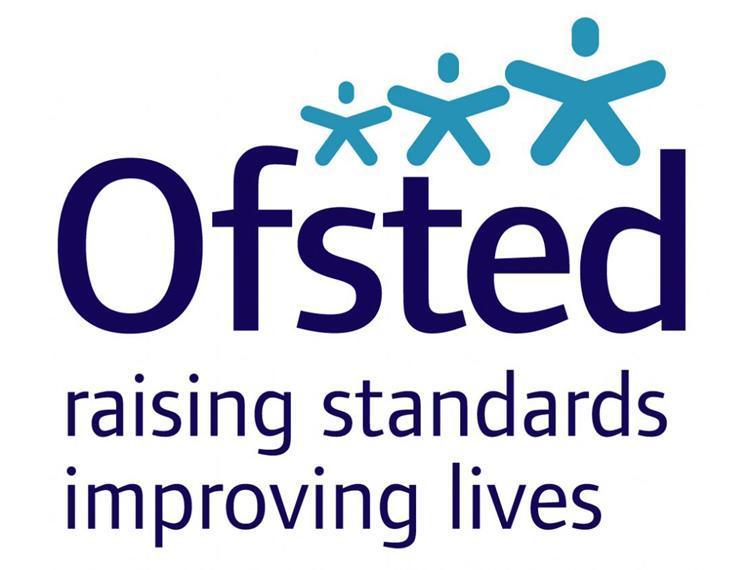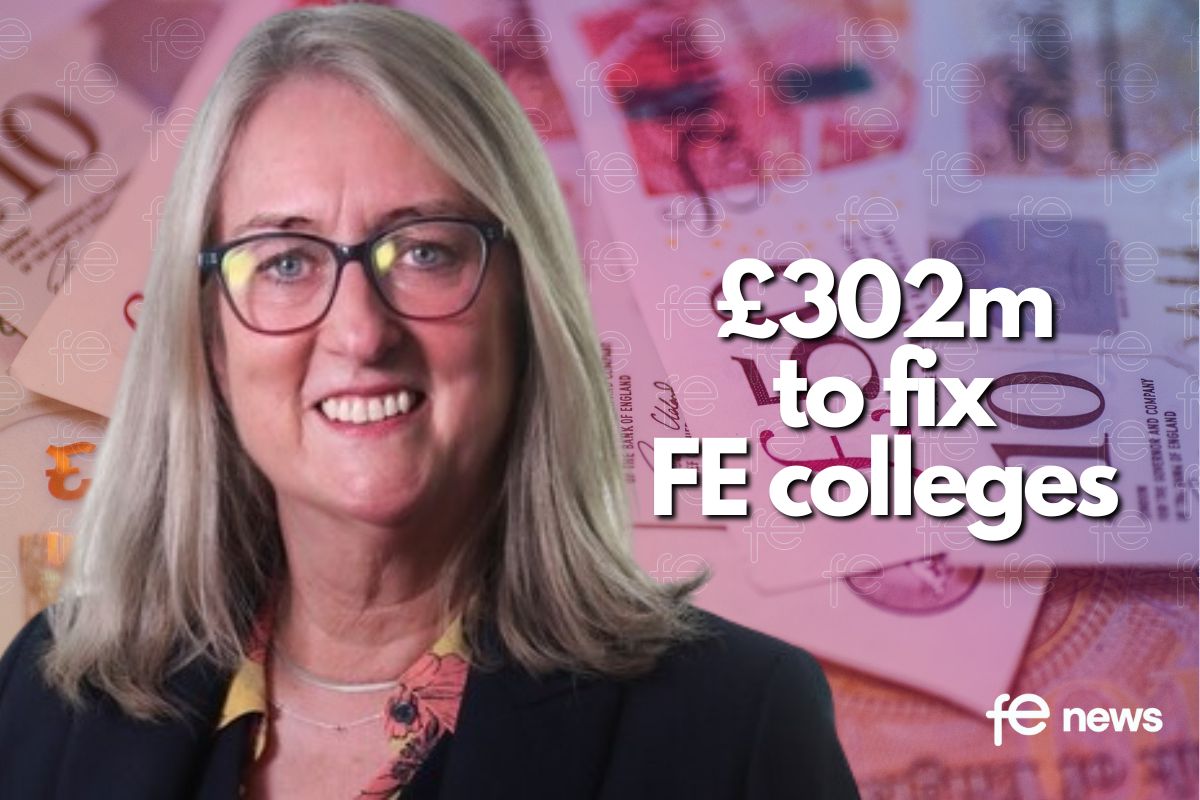Ofsted’s further education and skills Official Statistics for 2016/17 have been released. 80% judged Good or Outstanding by Ofsted

The official Ofsted further education and skills inspection outcome statistics for 2016/2017 have been released by Ofsted today. Between 1 September 2016 and 31 August 2017, 392 further education and skills providers were inspected. These included 102 colleges, 159 independent learning providers (including employer providers) and 78 community learning and skills providers. Ofsted also contributed to the inspections of 41 prisons and young offender institutions, where the reports were published between 1 September 2016 and 31 August 2017.
Overall, from the full and short inspections conducted during 2016/17, 5% of the providers were judged outstanding, 57% good, 29% requires improvement and 8% inadequate.
A higher proportion of providers previously judged good, also remained good at inspection. Also a higher proportion of providers that previously required improvement, improved to be good at inspection this year.
As at 31 August 2017, there were 1,168 open and funded further education and skills providers, of which 1,052 (90%) had been inspected. Eight out of 10 were judged good or outstanding at their most recent inspection. This is the same proportion as at the end of last year.
The report’s top notes or messages from the report were:
Overall the proportion of independent learning providers judged good or outstanding was 57%, 15 percentage points lower than in 2015/16.
A fifth of general further education colleges were involved in a merger during 2016/17. Forty-two general further education colleges went through the mergers process this year, affecting around 285,000 learners. There are now 189 general FE colleges, down from 207.
The number of sixth form colleges judged good or outstanding has reduced by a fifth. This can be attributed to a drop in performance at inspection this year and to the reduction in the number of good and outstanding sixth form colleges as a result of mergers and conversions to academies. This affected the proportion of sixth form colleges judged good or outstanding, which declined by eight percentage points.
The proportion of community learning and skills providers judged good or outstanding during 2016/17 was higher than last year, at 78%. A higher proportion of providers previously judged good remained good at inspection and a higher proportion of providers that previously required improvement improved to be good at inspection this year. In the providers judged good this year, inspectors found a wide range of programmes that engaged the most vulnerable and disadvantaged learners. There were effective partnerships with other agencies and good levels of support that enabled learners to progress well, often from low starting points.
General FE Colleges:
Mergers have reduced the number of open and funded colleges from 207 as at 31 August 2016 to 189 as at 31 August 2017. Colleges that have officially closed as a result of a merger will no longer be reported on separately in the Official Statistics. All but one of the 189 colleges had been inspected by 31 August 2017.
Between 1 September 2016 and 31 August 2017 Ofsted inspected 71 general FE colleges. There were 59 full inspections and 12 short inspections (including those that converted to full inspections). The inspection outcomes for 2016/17 were very similar to those in 2015/16, despite a different group of providers being inspected:
- most of the previously good general FE colleges that received a short inspection remained good or improved to outstanding (11 out of 12, with one college declining to requires improvement)
- the majority of previously good or outstanding general FE colleges that were risk assessed to receive a full inspection declined to less than good (17 out of 29)
- the large majority of colleges previously judged requires improvement or inadequate did not improve to good or outstanding (20 out of 29). It is worth noting however that eight out of the nine previously inadequate general FE colleges did improve; six to requires improvement and two to good.
The proportion of general FE colleges judged good or outstanding during 2016/17 was 46%, five percentage points lower than in 2015/16. A higher proportion of colleges previously judged as good declined to requires improvement and more colleges previously judged as requiring improvement remained the same grade at inspection this year. These two factors combined meant that the proportion judged to require improvement was 12 percentage points higher this year compared with last year.
Independent Learning Providers:
According to the Ofsted report: Overall the proportion of providers judged good or outstanding was 57%, 15 percentage points lower than in 2015/16. Compared with last year, a higher proportion of previously good providers that were selected for inspection as a result of risk assessment declined at inspection this year.
The number of open and funded independent learning providers (including employer providers) increased by 3%, from 477 as at 31 August 2016 to 491 as at 31 August 2017. This increase was mainly as a result of providers that were only allocated ‘Advanced Learner Loans’ funding being included in scope for Ofsted inspections from September 2016. As is usual within this part of the sector, there were a lot of providers moving in and out of scope for inspection over 2016/17. The net effect was an increase of 18 independent learning providers and a decrease of four employer providers.
Between 1 September 2016 and 31 August 2017, 159 independent learning providers (including employer providers) were inspected. This included 114 full inspections and 45 short inspections (including those that converted to full inspections):
- 34 of the 45 short inspections resulted in the provider remaining good. From the 11 short inspections that converted, nine of the providers declined to less than good and two improved to outstanding
- there were 58 risk-assessed inspections of previously good or outstanding providers, of which 34 resulted in the provider declining to requires improvement or inadequate
- 42 providers judged requires improvement or inadequate at their previous inspection received routine re-inspections during 2016/17. Of these, 26 improved to good.
In at least half of the providers that declined to requires improvement or inadequate this year, inspectors found leaders’ evaluation of the quality of provision was insufficiently rigorous and monitoring processes did not identify areas of underperformance accurately. Within the providers, the progress and/or achievement of learners and apprentices was either too low, too slow or in decline. Leaders, managers and teachers did not always make sure that learners and apprentices developed good skills in English and mathematics.
In the seven providers that either remained or improved to outstanding in 2016/17, inspectors found that leaders, managers and staff had high expectations for their learners and apprentices. Training officers were highly skilled, had good industry knowledge and gave significant support and guidance. Learners and apprentices were making outstanding progress and had excellent achievement rates.
Prisons and young offender institutions
As at 31 August 2017, there were 114 prisons and young offender institutions (YOIs). All of the prisons and YOIs had been inspected.
Ofsted contributed to 41 prison and YOI inspections, where the reports were published between 1 September 2016 and 31 August 2017. Of these, 56% were judged good or outstanding for the overall effectiveness of learning and skills and work activities (overall effectiveness). This is 16 percentage points higher than in 2015/16.
For 22 prisons, this was the first time they had received a judgement on the overall effectiveness since the judgement was introduced in March 2014. Fifteen out of the 22 were judged good and one was judged outstanding.
The in-year inspection outcomes had a positive effect on the most recent inspection outcomes for all prisons and YOIs. Overall, the proportion of prisons and YOIs judged good or outstanding for overall effectiveness at their most recent inspection increased by eight percentage points; from 35% as at 31 August 2016 to 44% as at 31 August 2017.











Responses